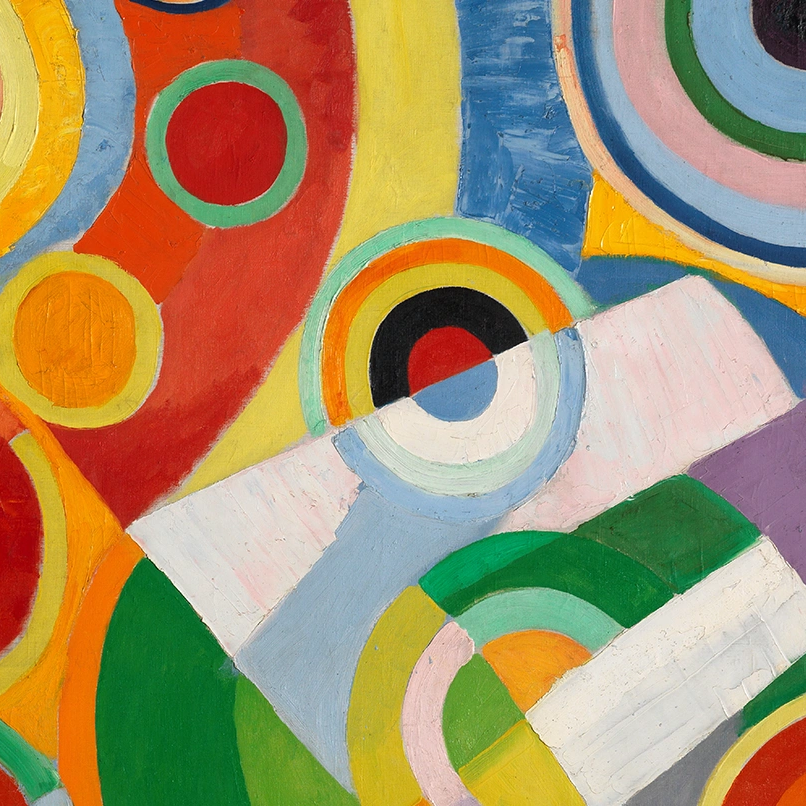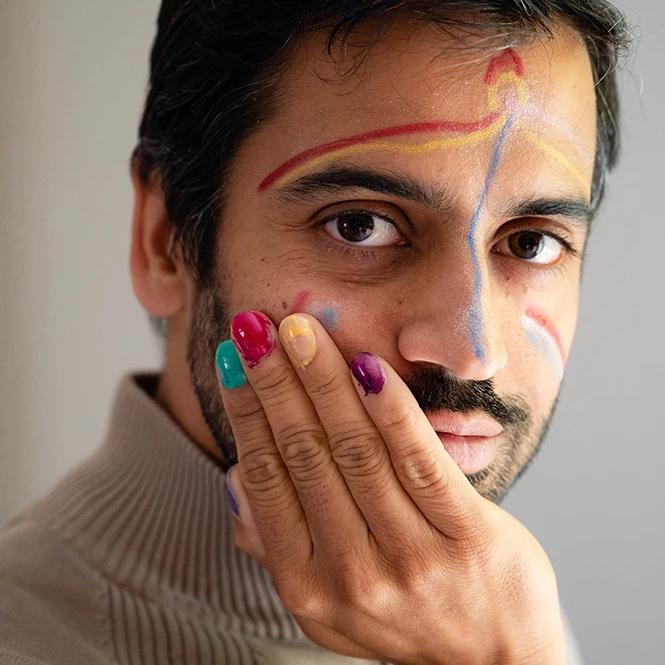An artistically vibrant city, New York was, for Mondrian, the symbol of the modern world and its renewal. The Centre Pompidou and Namaki invite you to decipher the work New York City from Mondrian. Are you ready to follow the lines of a world in three colors?
Mondrian, from still life to abstract painting
From Europe to the New World
Born in Holland on March 7, 1872, Piet Mondrian left at the age of twenty to study painting at the Amsterdam Academy of Fine Arts. He began by creating realistic landscapes. Before long, his tree trunks were transformed into simple vertical lines and the branches into horizontal lines. Interested in new artistic trends, including cubism, he moved to Paris in 1912, where he discovered Cézanne, Braque and Picasso. Later, as the Second World War approached, he moved to London, eventually settling in New York.
💡 To discover Mondrian's inspirations, you can show your children a painting by Cézanne and another by Picasso. Ask them which one they prefer and why!
Follow the lines
Mondrian painted abstract pictures and even went beyond the experience of abstraction, contenting himself with placing vertical and horizontal lines side by side without any reference to reality. Soon, colors were limited to the three fundamentals: red, yellow and blue. Shapes were limited to squares and rectangles. The artist uses strips of paper of varying widths, which he lays out on his canvas to visualize the tangle of lines.
💡 Questions for your children What do these lines remind you of? If you focus on the yellow lines, what do you imagine? What do the big squares painted between the lines make you think of? And the small ones at the intersection of two lines?
New York City, the canvas: three colors for one city
An abstract representation of the modern city
Unlike the Parisian streets and architecture Mondrian had known, New York was a new city with parallel and perpendicular streets, and slender, aligned buildings. He began to paint his surroundings and the city's hectic atmosphere in an abstract way.
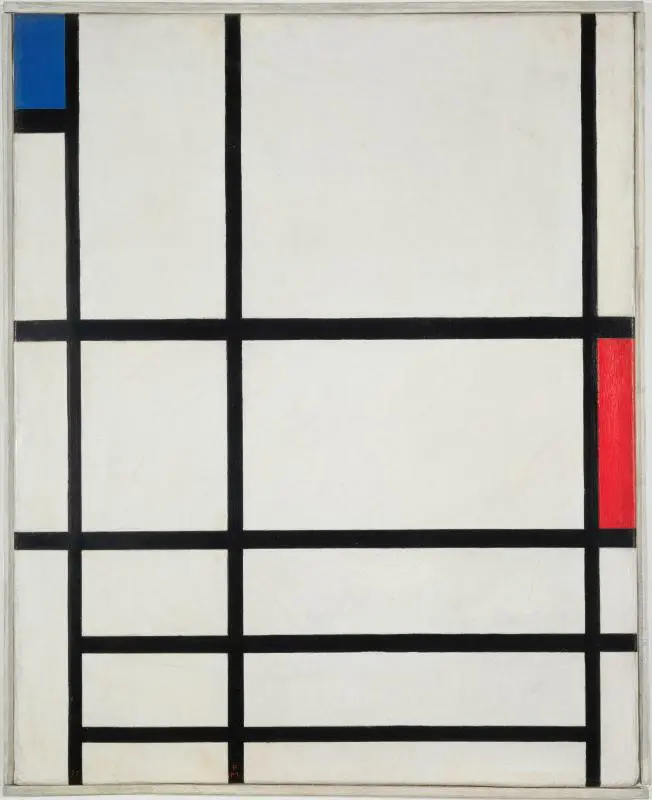
Piet Mondrian (1872-1944)
Composition en rouge, bleu et blanc II, 1937
Oil on canvas, Huile sur toile, 75 x 60,5 cm
Primary colors only
After painting compositions combining black lines and colored geometric shapes, Mondrian eventually excluded black from his canvases. The painting New York City1942, painted in the last years of his life, belongs to this new creative impetus. He used only the three primary colors: red, blue and yellow. The colored lines intertwine to evoke street patterns, the verticality of skyscrapers, but also all the movement of life and joy of life that Mondrian felt.
💡 Questions for your children : What new colors are obtained by mixing the primary colors in pairs?
Kids' corner: inspiration for fun
Step 1
Watch carefully: search and count
Doing math while looking at an artist’s canvas is more fun, isn’t it? Have fun counting the red lines or yellow boxes for example. Depending on your age, you can also count the horizontal lines, the number of crossings or squares that the perpendicular lines have created. What can you also count?
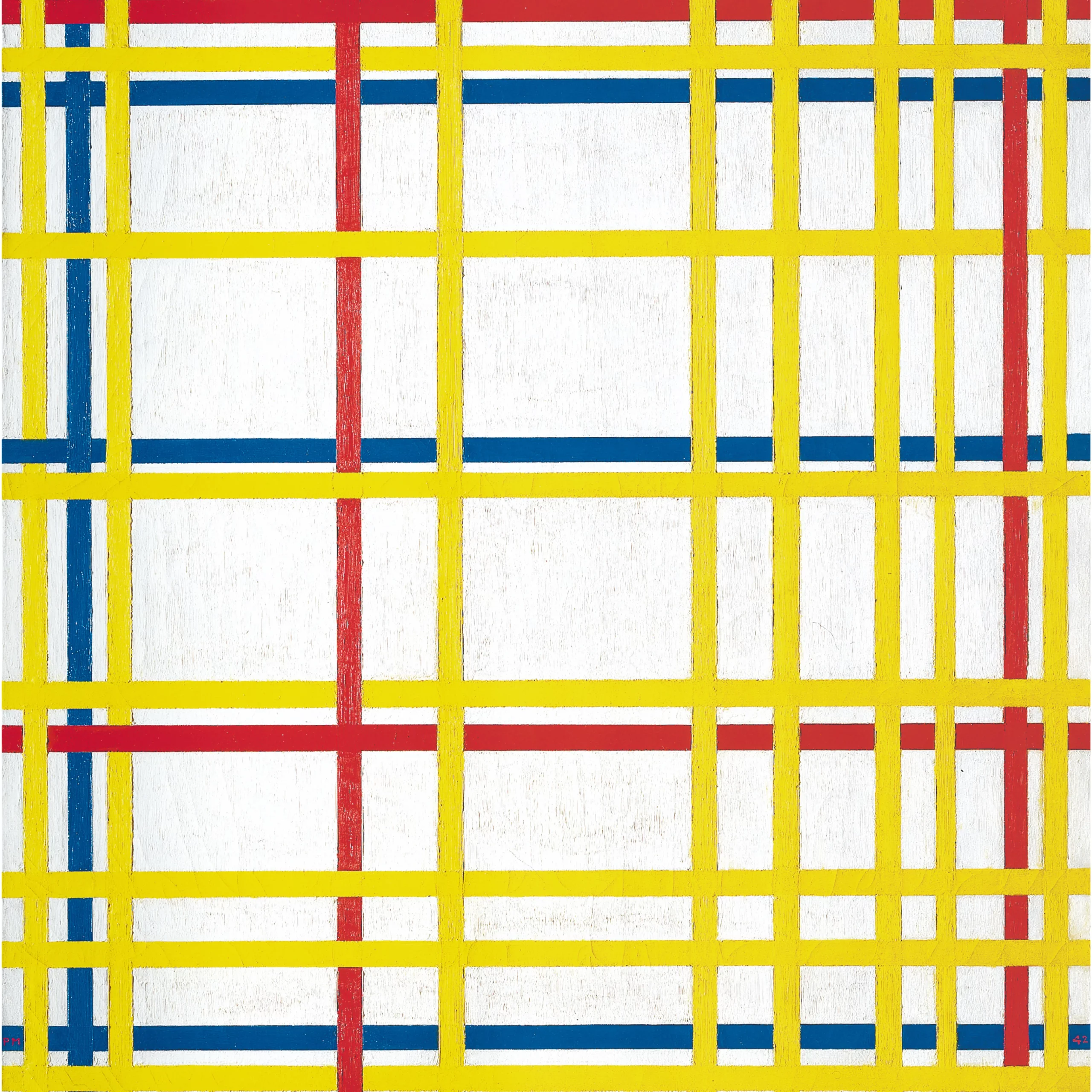
Piet Mondrian (1872-1944)
New York City, 1942
Oil on Canvas, 119,3 x 114,2 cm
Step 2
Become both artist and canvas
With the Face painting pencils from Namakiyou can turn your body into a huge canvas for painting. Practice drawing lines to connect two points. If you want to complete your work, you can fill in the squares to draw geometrical figures like Mondrian did.
The face painting pencils are easy to apply and remove. You can trace endlessly!
Step 3
Imagine: from one line to another
How about becoming a line between lines? You can use laces, belts, bits of fabric or scarves of different colors to create lines on the floor. Imagine yourself as an architect, using these lines to build streets and skyscrapers. Then have fun jumping from one street to another, becoming a bridge or climbing building facades.
Step 4
Create your own replica of New York City, 1942
Have you ever heard of copyists? These are artists authorized to legally reproduce the canvases of great painters with such precision that the two canvases could be mistaken for one another. There can also be forgers, who do this illegally and very roughly. Would you like to play copyist? Put yourself in Mondrian's shoes and create your own replica using recycled materials (sheets of paper, cardboard, scraps of fabric or carpet...).
Going further with the "L'art en jeu" collection
Congratulations, you've just explored the corridors of Mondrian's imagination! To complete your reading, you can :
- Browse the book dedicated to the work in the "L'art en Jeu" collection, Centre Pompidou Edition.
- Discover the painting New York City, 1942 and many other works by the artist at the Centre Pompidou.
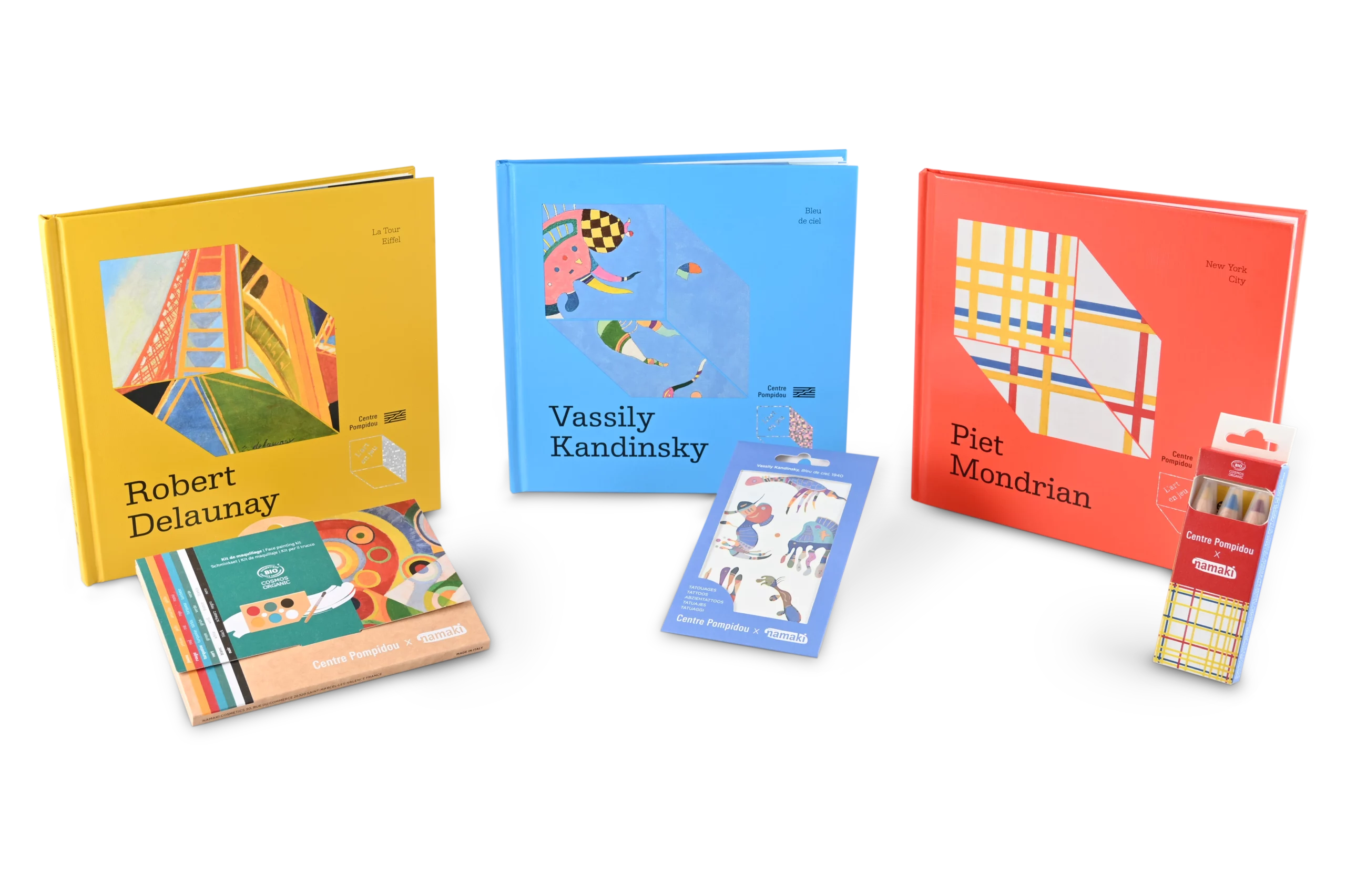
Partager cet article


